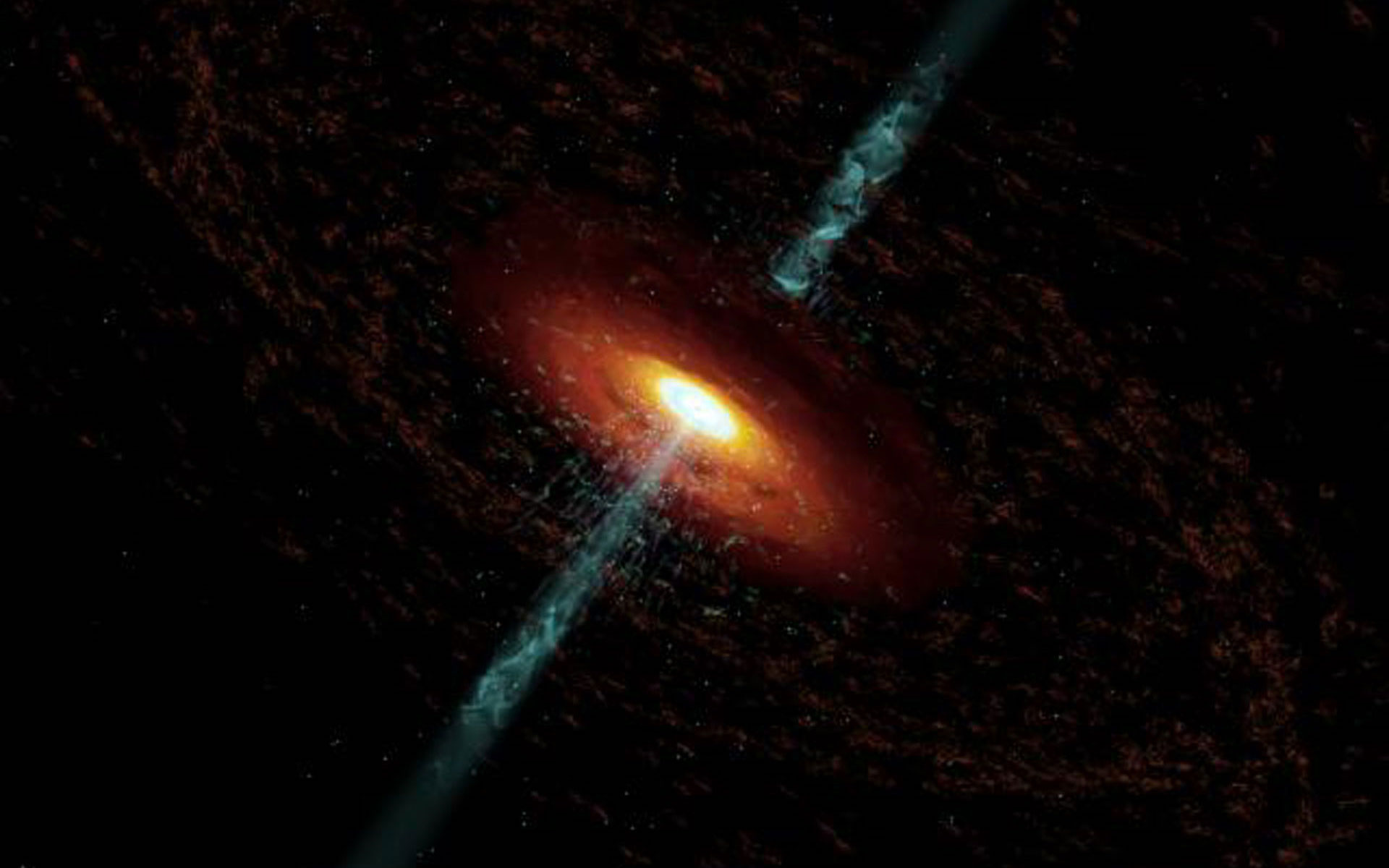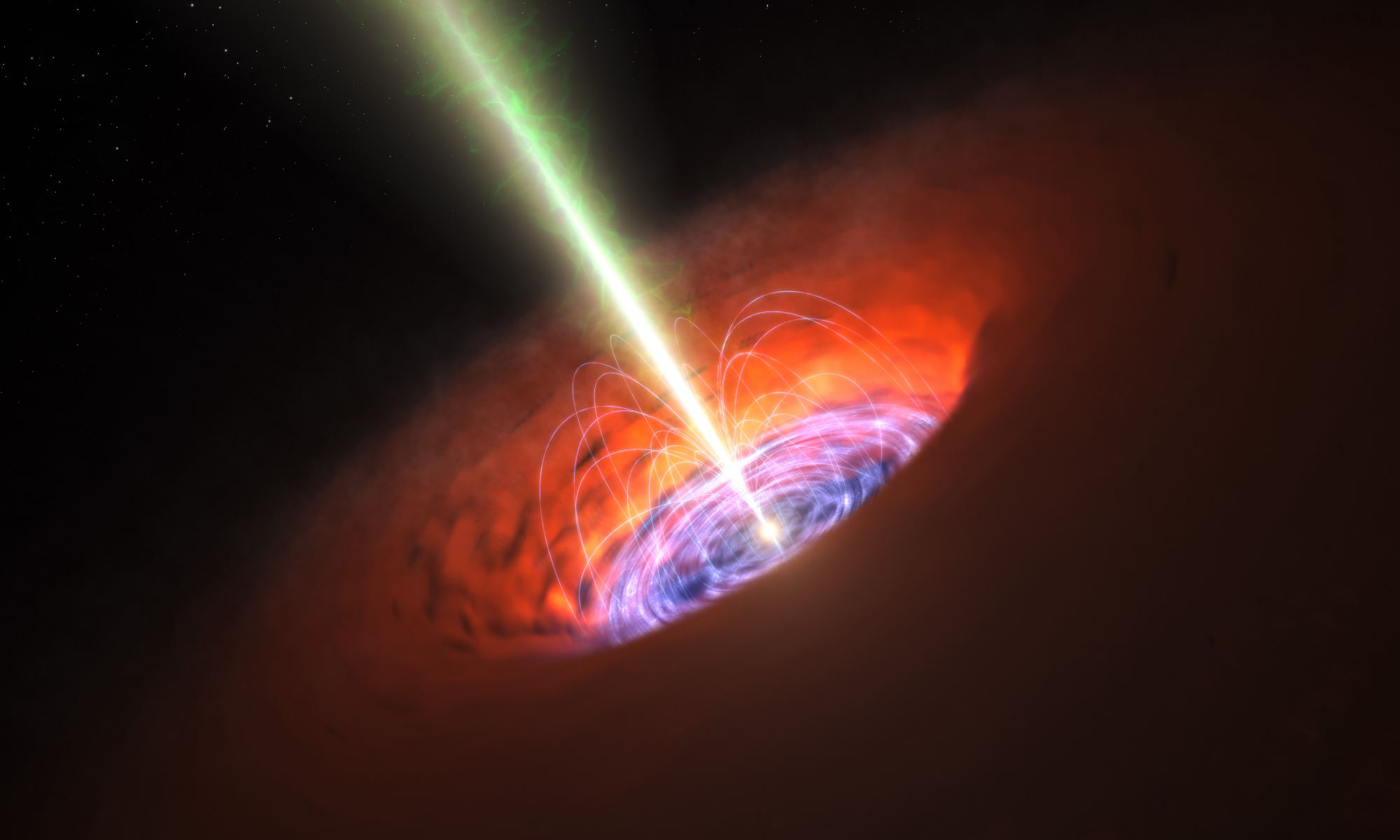For decades the most distant objects we could see were quasars. We now know they are powerful active black holes. Active galactic nuclei so distant that they resemble star-like points of light. It tells us that supermassive black holes in the early Universe can be powerful monsters that drive the evolution of their galaxies. We had thought most early supermassive black holes went through such an active phase, but a new study suggests most supermassive black holes don’t.
Continue reading “The Early Universe Should Be Awash in Active Galaxies, but JWST Isn't Finding Them”eROSITA Sees Changes in the Most Powerful Quasar
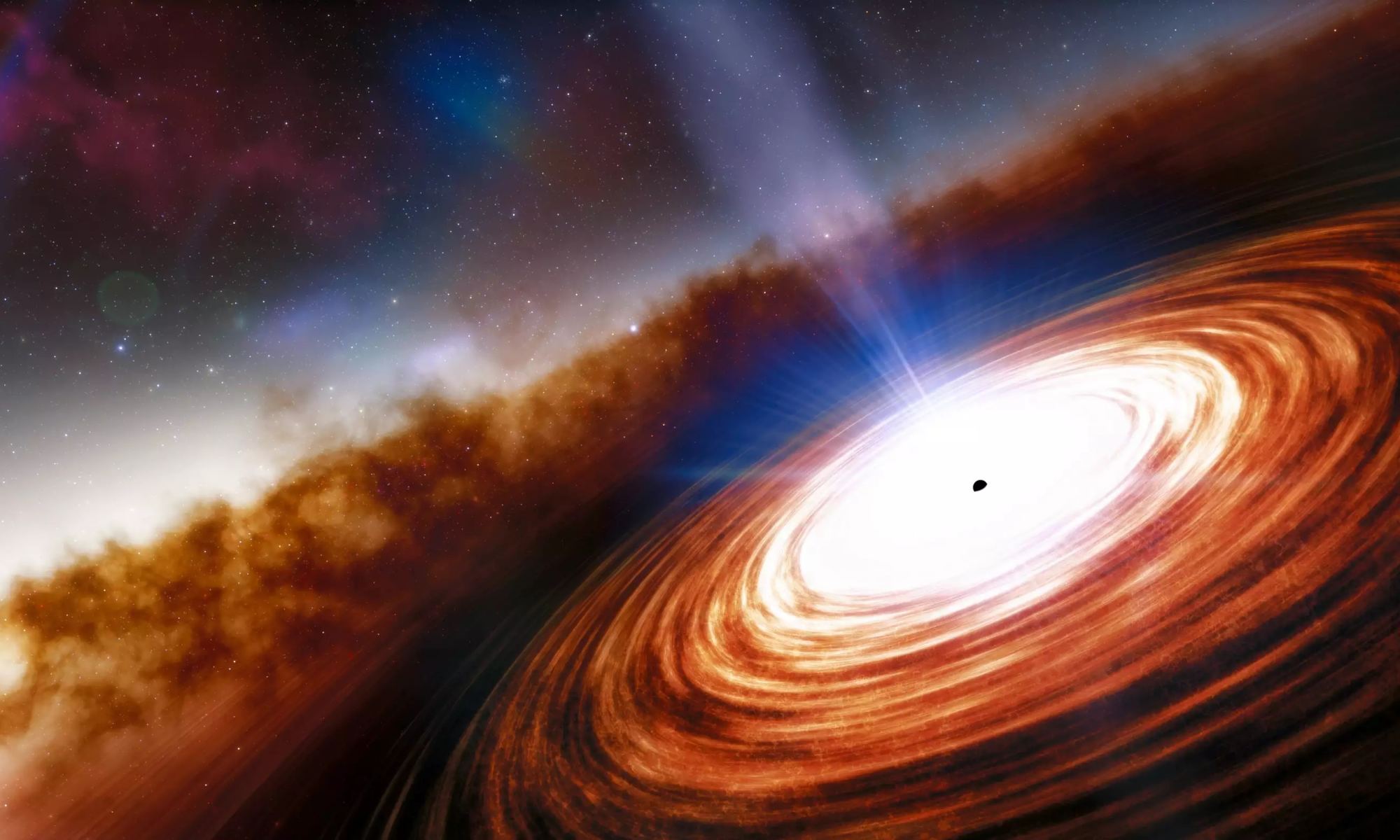
After almost seventy years of study, astronomers are still fascinated by active galactic nuclei (AGN), otherwise known as quasi-stellar objects (or “quasars.”) These are the result of supermassive black holes (SMBHs) at the center of massive galaxies, which cause gas and dust to fall in around them and form accretion disks. The material in these disks is accelerated to close to the speed of light, causing it to release tremendous amounts of radiation in the visible, radio, infrared, ultraviolet, gamma-ray, and X-ray wavelengths. In fact, quasars are so bright that they temporarily outshine every star in their host galaxy’s disk combined.
The brightest quasar observed to date, 100,000 billion times as luminous as our Sun, is known as SMSS J114447.77-430859.3 (J1144). This AGN is hosted by a galaxy located roughly 9.6 billion light years from Earth between the constellations Centaurus and Hydra. Using data from the eROSITA All Sky Survey and other space telescopes, an international team of astronomers conducted the first X-ray observations of J1144. This data allowed the team to investigate prevailing theories about AGNs that could provide new insight into the inner workings of quasars and how they affect their host galaxies.
Continue reading “eROSITA Sees Changes in the Most Powerful Quasar”Advanced Life Should Have Already Peaked Billions of Years Ago

Did humanity miss the party? Are SETI, the Drake Equation, and the Fermi Paradox all just artifacts of our ignorance about Advanced Life in the Universe? And if we are wrong, how would we know?
A new study focusing on black holes and their powerful effect on star formation suggests that we, as advanced life, might be relics from a bygone age in the Universe.
Continue reading “Advanced Life Should Have Already Peaked Billions of Years Ago”Dust is Hiding how Powerful Quasars Really are
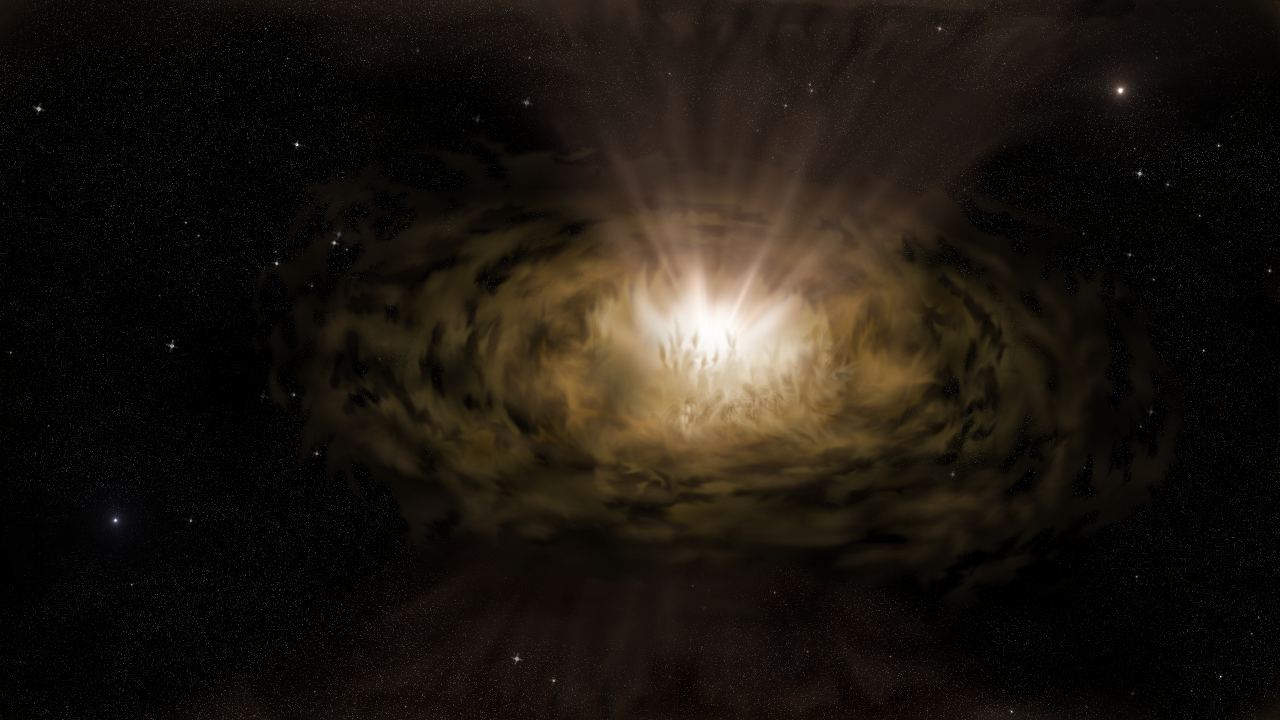
In the 1970s, astronomers discovered that the persistent radio source at the center of our galaxy was a supermassive black hole (SMBH). Today, this gravitational behemoth is known as Sagittarius A* and has a mass roughly 4 million times that of the Sun. Since then, surveys have shown that SMBHs reside at the center of most massive galaxies and play a vital role in star formation and galactic evolution. In addition, the way these black holes consume gas and dust causes their respective galaxies to emit a tremendous amount of radiation from their Galactic Centers.
These are what astronomers refer to as Active Galactic Nuclei (AGN), or quasars, which can become so bright that they temporarily outshine all the stars in their disks. In fact, AGNs are the most powerful compact steady sources of energy in the Universe, which is why astronomers are always trying to get a closer look at them. For instance, a new study led by the University of California, Santa Cruz (UCSC) indicates that scientists have substantially underestimated the amount of energy emitted by AGN by not recognizing the extent to which their light is dimmed by dust.
Continue reading “Dust is Hiding how Powerful Quasars Really are”Webb’s New Image Reveals a Galaxy Awash in Star Formation
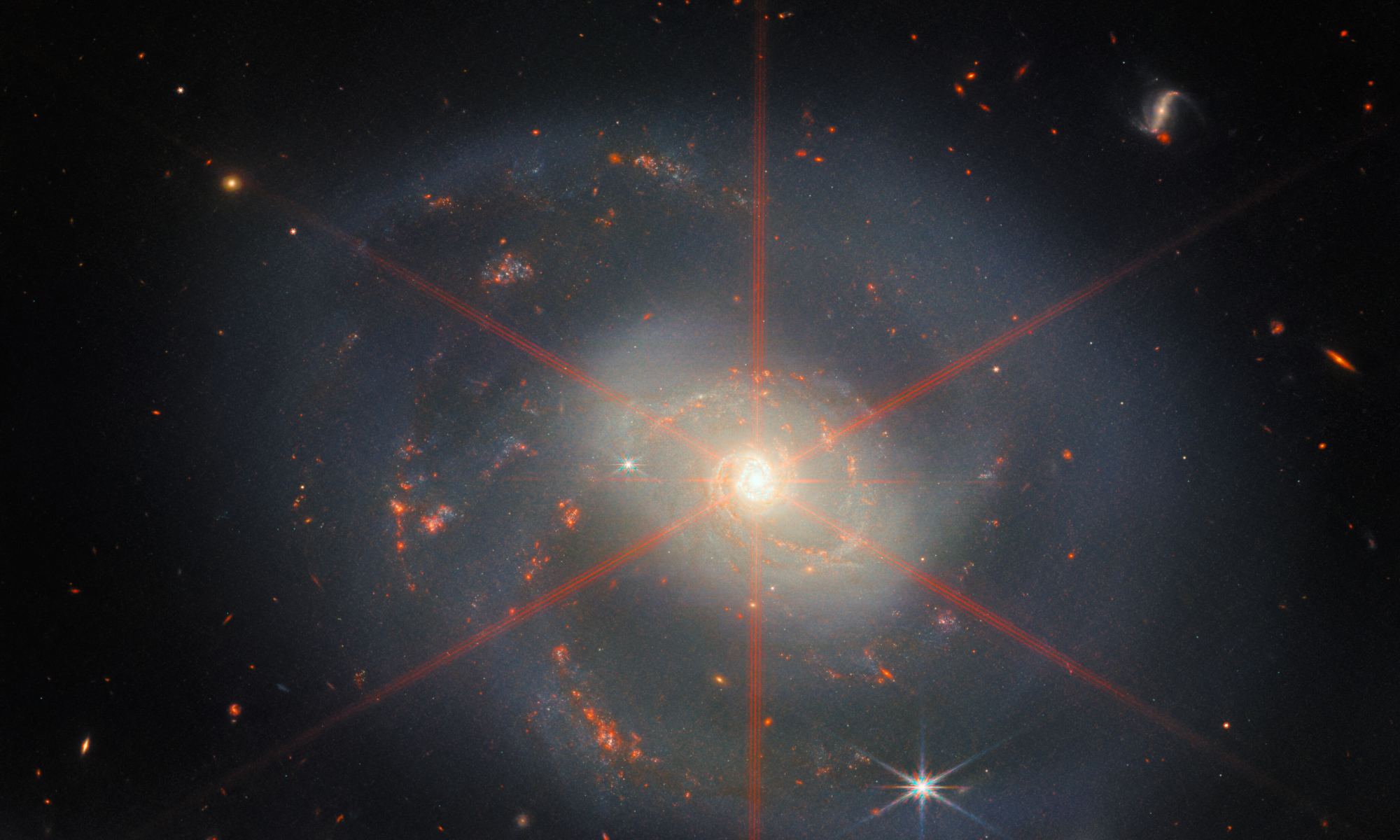
When a spiral galaxy presents itself just right, observations reveal more detail. That’s the case with NGC 7469, a spiral galaxy about 220 million light-years away. It’s face-on towards us, and the James Webb Space Telescope captured its revealing scientific portrait.
Continue reading “Webb’s New Image Reveals a Galaxy Awash in Star Formation”IceCube Senses Neutrinos Streaming From an Active Galaxy 47 Million Light-Years Away
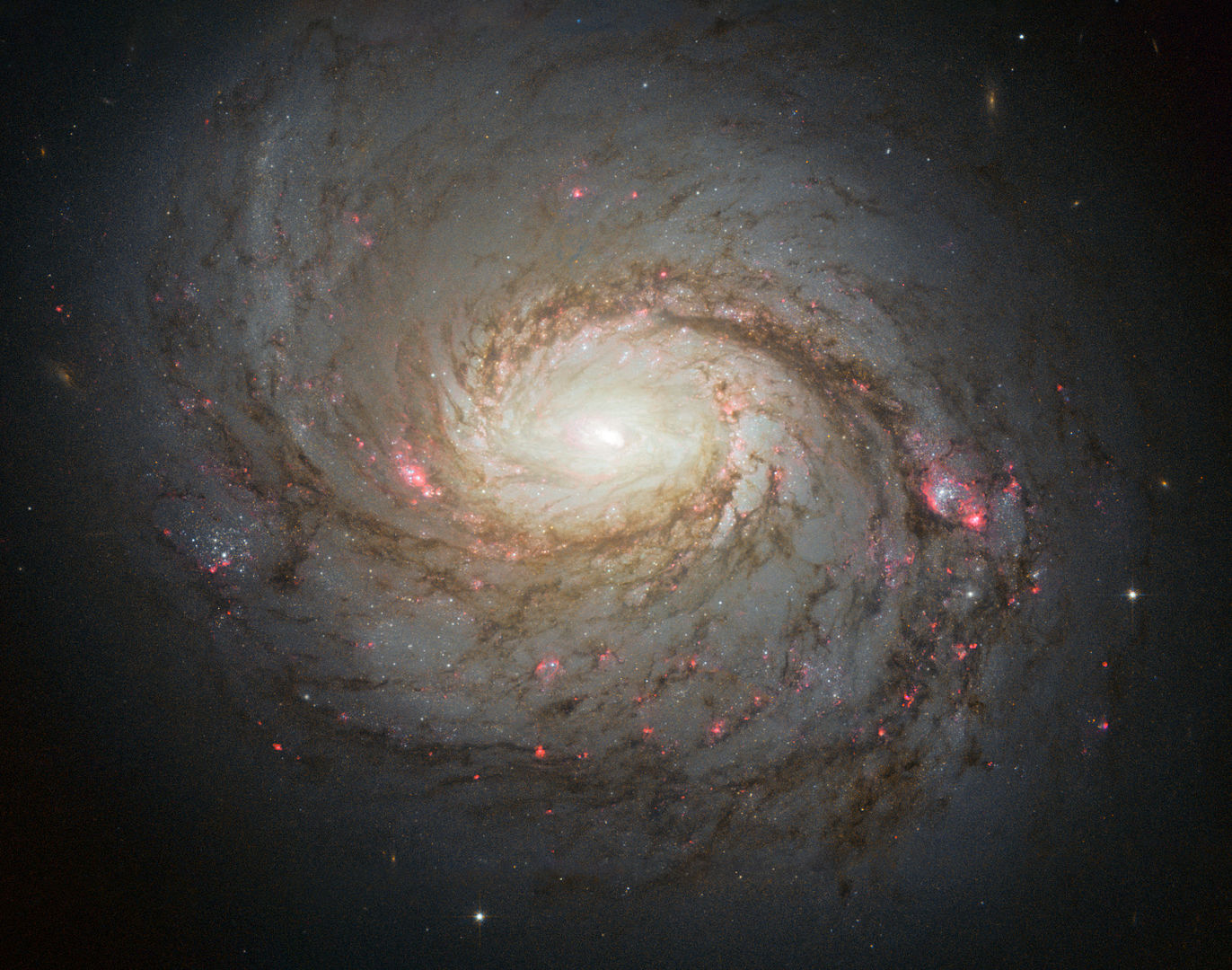
Researchers using the IceCube Neutrino Observatory have detected neutrinos emanating from the energetic core of an active galaxy millions of light-years away. Neutrinos are difficult to detect, and finding them originating from the galaxy is a significant development. What does the discovery mean?
Continue reading “IceCube Senses Neutrinos Streaming From an Active Galaxy 47 Million Light-Years Away”Webb Sees Organic Molecules in the Hearts of Galaxies, Surprisingly Close to Active Supermassive Black Holes
When the James Webb Space Telescope (JWST) launched, one of its jobs was studying galactic formation and evolution. When we look around the Universe, today’s galaxies take the shape of grand spirals like the Whirlpool galaxy and giant ellipticals like M60. But galaxies didn’t always look like this.
We don’t see these shapes when we look at the most distant and most ancient galaxies. Early galaxies are lumpy and misshapen and lack the structure of modern galaxies.
A new study based on JSWT observations looks at organic molecules near galactic centers. The researchers say observing these molecules can teach us a lot about galactic evolution.
Continue reading “Webb Sees Organic Molecules in the Hearts of Galaxies, Surprisingly Close to Active Supermassive Black Holes”Astronomers are Starting to Understand the Quasar Lifecycle

Supermassive black holes have a complicated lifecycle. Sometimes they’re “on”, blasting out tremendous amounts of energy, and sometimes they’re “off’, where they sleep like dragons in their caves. By comparing the proportion of high-energy to low-energy waves emitted by quasars, astronomers are beginning to pin down how many black holes are sleeping, and when they’re likely to wake back up.
Continue reading “Astronomers are Starting to Understand the Quasar Lifecycle”Quasars are the Biggest Particle Accelerators in the Universe

We puny humans think we can accelerate particles? Look how proud we are of the Large Hadron Collider. But any particle accelerator we build will pale in comparison to Quasars, nature’s champion accelerators.
Those things are beasts.
Read moreAstronomers Have Recorded the Biggest Explosion Ever Seen in the Universe
Hundreds of millions of light years away, a supermassive black hole sits in the center of a galaxy cluster named Ophiuchus. Though black holes are renowned for sucking in surrounding material, they sometimes expel material in jets. This black hole is the site of an almost unimaginably powerful explosion, created when an enormous amount of material was expelled.
Continue reading “Astronomers Have Recorded the Biggest Explosion Ever Seen in the Universe”
